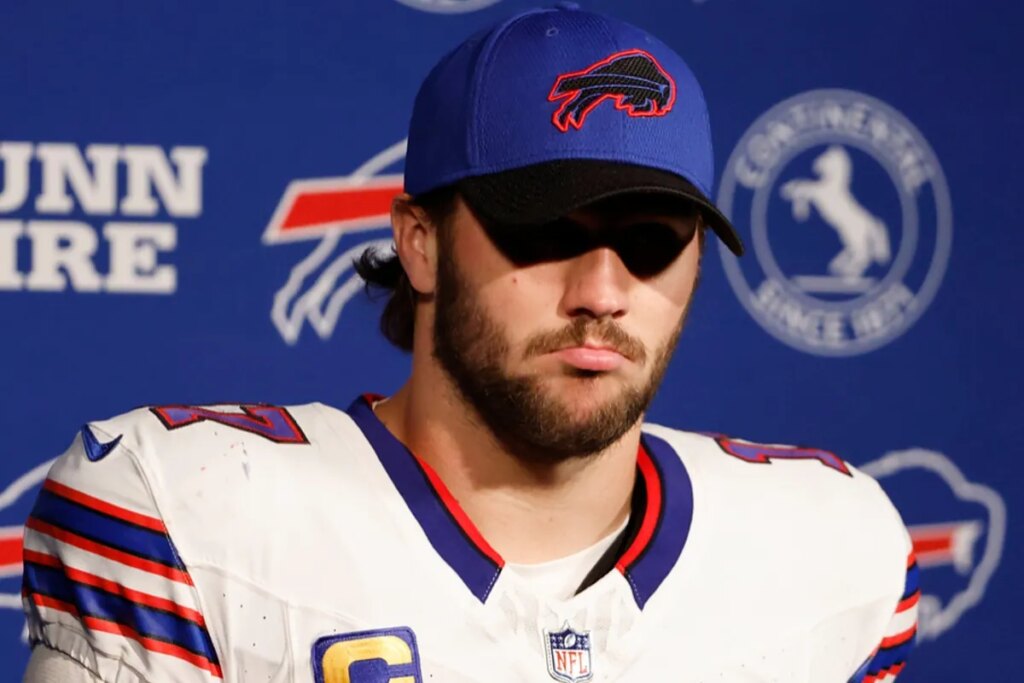As Buffalo Bills star quarterback Josh Allen‘s alma mater, the University of Wyoming, navigates a radically shifting college football landscape, it’s becoming clear that Allen‘s path to success may be difficult to reproduce.
Allen‘s rise was once a story of grit and overlooked potential. Wyoming took a chance, developing Allen’s skills and ultimately shaping an NFL MVP contender.
But in 2025, with the NCAA green-lighting schools to share up to $20.5 million in revenue with student-athletes following the House settlement, financial resources may now matter as much as development pathways, if not more.
Wyoming‘s athletic department, constrained by its modest budget, has earmarked just $2.8 million of the $20.5 million cap to support its athletes.
By comparison, Power Four programs are deploying NIL (Name, image, and likeness) war chests well beyond the cap, exploiting loopholes and third-party collectives to sweeten the pot.
It’s creating a two-tiered system that threatens to leave mid-majors behind.
The numbers game: Wyoming’s NIL reality
Of the $2.8 million Wyoming has allocated, approximately $1.5 million is reserved for direct NIL payments, $1 million for Alston awards (education-related benefits), and $300,000 for new women’s athletic scholarships across sports like volleyball, swimming, tennis, and soccer.
Wyoming athletics director Tom Burman detailed how compensation will be allocated based on revenue contribution: “Football does anywhere between 6580 % of our total revenue. It’s probably closer to the high end, so the majority of money goes to football.”
The settlement also introduces roster limits by sport. Football rosters are capped at 105 players, though UW intends to maintain all 85 allowed scholarship spots.
Burman said: “I’ve gone from, initially, real frustration, to now, I just want some stability and structure … NIL bothers me way less than the lack of structure in the transfer portal.”
He added, “I just don’t think that’s in the young people’s best interest to bounce around from school to school to school. … I get why some of them do it, but that’s my biggest frustration when I look to the future.”
Peter Prigge, University of Wyoming’s senior associate athletics director for compliance, said, “Texas Tech has publicly discussed spending $30 million in NIL, which doesn’t count toward their cap,” he said. “Eventually, that’s going to matter.”
Then there’s the growing influence of agents, who now actively scout small-school standouts to move them up the food chain. “They don’t follow any standardized process or certification,” said Prigge. “It’s all NIL-based. They just call up programs and shop the talent around.”
For example, Tulane quarterback Dariah Mensah went from minimal offers to a $4 million NIL deal with Duke. Prigge warned that this is becoming the norm: “Agents are calling programs like Nevada and San Diego State about kids at Wyoming. That’s our new reality.”
Overall, opting into the House settlement positions UW to directly engage in athlete compensation and adjust its roster strategy, while navigating a rapidly evolving era in collegiate sports governance and finance.
Read the full article here

